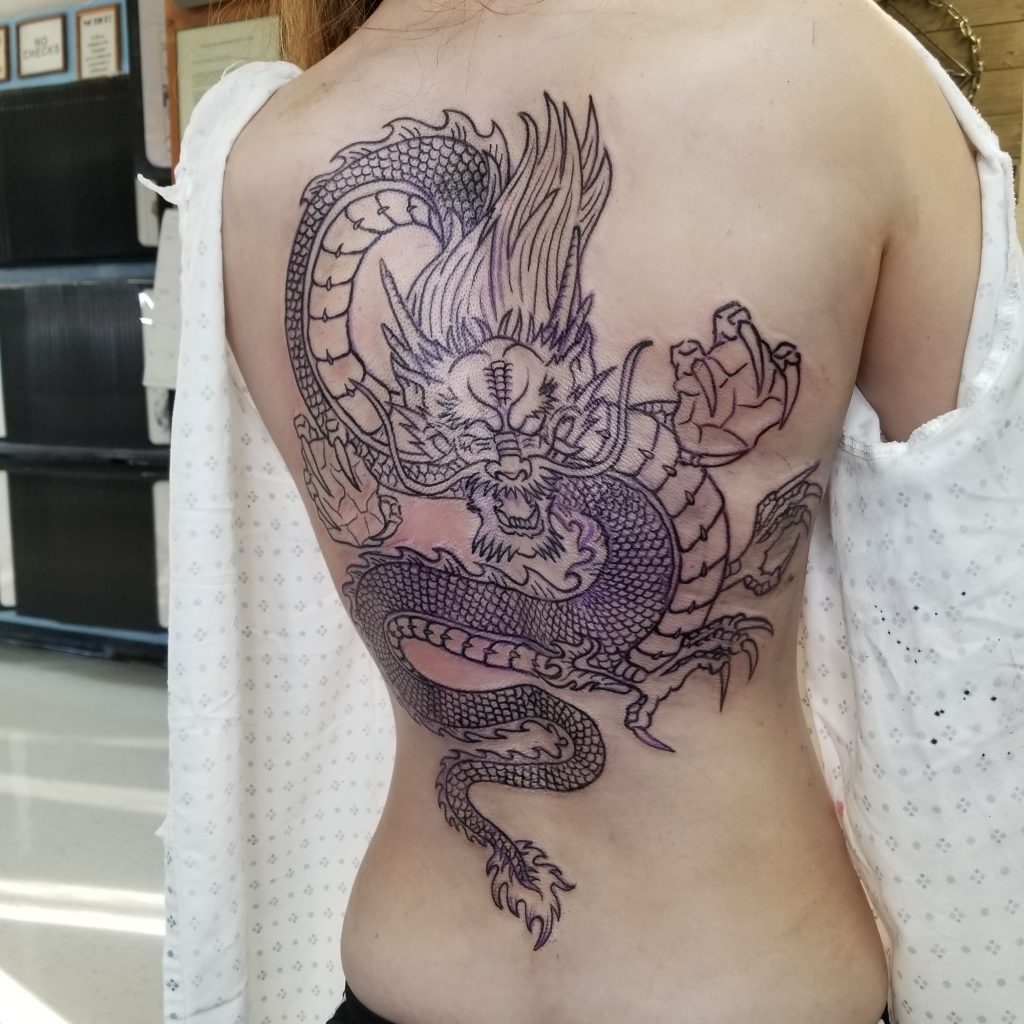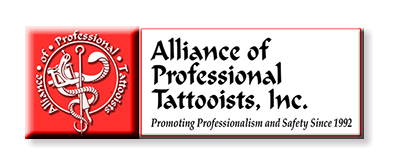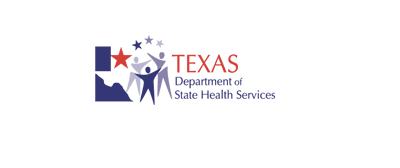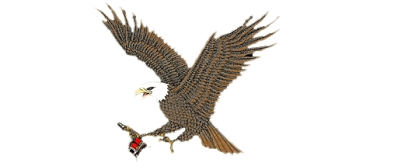
Irezumi, which means “insert ink” in Japanese, became a common word in Japan around 1720. During the Edo era (1603-1868), tattooing was first employed as a punishment in Japan in this year. Depending on the kind of crime or locality, several irezumi symbols were employed to identify those responsible. Forearm tattoos to kanji (Chinese character) forehead tattoos are all possibilities.
The term “Irezumi” does not refer to the modern tattoos we are familiar with today. Depending on who you ask, this term might still have a highly bad connotation in Japan today. The horishi, a master tattooist informed that this phrase still has a negative connotation.
Suikoden’s Rise to Popularity in Japan
Tattooing in Japan had a paradigm shift in 1827, when it underwent a significant rebranding. Utagawa Kuniyoshi created a series of prints based on The Suikoden on this day.
108 outlaws battle a corrupt government in the Chinese book Suikoden (Water Margin). The 36 most powerful outlaws are the protagonists of the plot, while the rest of the outlaws are their foot troops. This book may be compared to Robin Hood in China. Utagawa Kuniyoshi pounced on this story when it arrived in Japan, staging its heroes in a slew of epic woodblock prints.
Kuniyoshi painted these outlaws with tattoos depicting mythical animals and religious symbols, covering large sections of their bodies, to emphasize their legendary and heroic nature.
During this time, the foundations of Japanese tattooing as we know it were established. Japanese workers considered the heroic image portrayed by Suikoden ukiyo-e images alluring, and many artisans at the period started to imitate these tattoos themselves. In Japan, a new kind of tattoo style and workmanship known as Horimono arose from Kuniyoshi’s inspiration of existing tattoo styles and the craftsmen’s inspiration of Kuniyoshi’s prints.
Tattoos in Japan Were Influenced by the United States
After World War II, the United States established a base in Japan and ruled the country for a few years before returning home. In 1948, the Japanese government was compelled to abolish its ban on tattooing under American pressure. Tattoos will continue to have a bad connotation in the minds of the Japanese people.
Horigoro I is the first. He came saw an American soldier who had an electric tattoo machine, and that encouraged him to construct his own equipment. These are some of the first Japanese tattoo machines. Horihide, the second of the two horishi, was a key figure in Japanese tattoo history. He is the first Japanese tattooist to develop a relationship with a tattooist in the United States. Before he left for Hawaii, Horihide started writing to Sailor Jerry, and the correspondence continued for four years. Horihide wanted to bring as many colors back to Japan as he could, but Sailor Jerry was more interested in Japanese art. Also, Horihide was taught how to tattoo using a machine by Sailor Jerry. Sailor Jerry handed him colors and tattoo equipment as a farewell present as he departed.
The Japanese tattoo business was changed by the arrival of these new colors and the return of Horihide. He distributed colors and equipment around the nation as he told which American firm to buy from.





